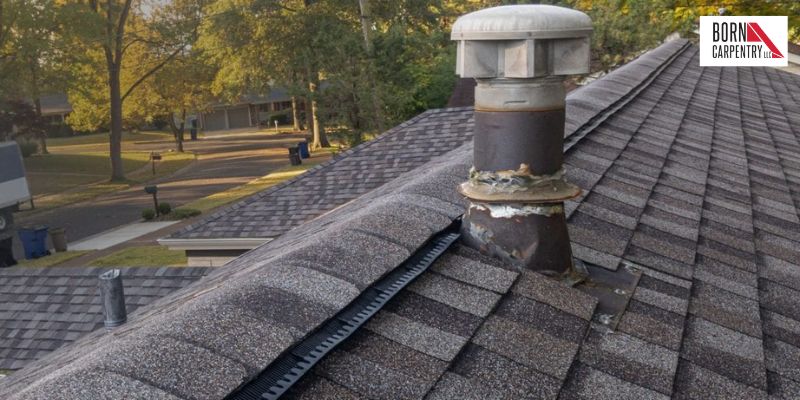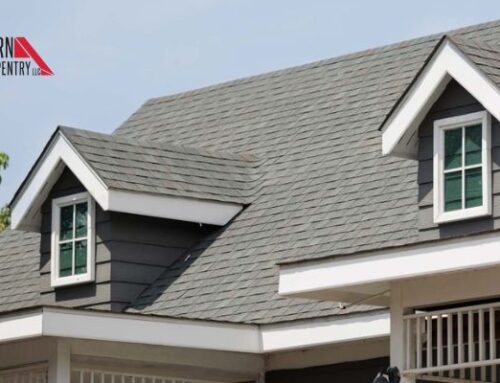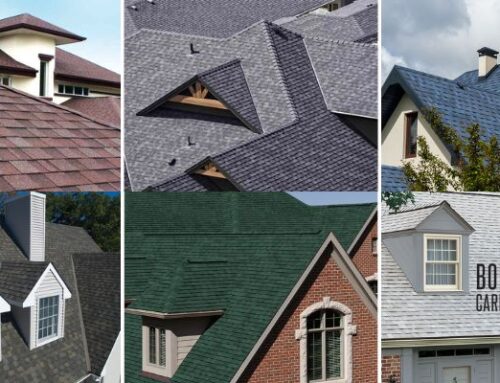Condensation and excessive moisture can harm a structure, leading to structural problems including dampness and the growth of mold and mildew. This is especially problematic in roof areas, which is why having enough roof ventilation is crucial.
Warm air would typically rise and carry moisture with it, causing it to end up in the roof area. Warm air condenses into condensation when it comes in contact with a colder surface, such as a chilly roof. Condensation might remain on the surface or drop back into the structure. To prevent condensation from forming, the moisture must be able to easily exit the building through an appropriate roof ventilation system.
Why Is Ventilation Important?
Here are several reasons why roof ventilation matters…
Prevents Moisture Buildup

Moisture buildup in your attic can lead to a range of problems, including mold and mildew growth, which can cause respiratory issues and weaken the structural integrity of your home. Roof ventilation helps to reduce the amount of moisture that can accumulate in your attic by providing a constant flow of fresh air. This helps to prevent the growth of mold and mildew and keeps your home healthy and safe.
Regulates Attic Temperature

A well-ventilated attic helps to regulate the temperature in your home by preventing heat buildup. During the summer months, hot air rises and can get trapped in your attic, causing your home to become hot and uncomfortable. A properly ventilated attic allows this hot air to escape, helping to keep your home cool and comfortable.
Prolongs The Life Of Your Roof
Excessive heat and moisture buildup can cause damage to your roof, shortening its lifespan. By installing roof ventilation, you can help to prolong the life of your roof by reducing the amount of heat and moisture that gets trapped in your attic.
Prevents Ice Dams
Ice dams can form on your roof during the winter months if the temperature in your attic is not regulated. These ice dams can cause water to leak into your home, causing damage to your roof and walls. Roof ventilation helps to prevent ice dams by regulating the temperature in your attic, preventing the buildup of snow and ice on your roof.
Increases Energy Efficiency
A properly ventilated attic helps to reduce the amount of energy you need to cool your home during the summer months. By reducing the amount of heat that gets trapped in your attic, you can lower the temperature in your home, reducing the need for air conditioning and saving energy. Additionally, in the winter months, roof ventilation helps to reduce the amount of heat that escapes from your home, increasing the energy efficiency of your heating system.
Reduces Condensation
When warm, moist air accumulates in your attic, it can cause condensation on the underside of your roof deck. Over time, this can lead to water damage and rot, reducing the overall lifespan of your roof. Roof ventilation helps to reduce condensation by removing the warm, moist air from your attic, preventing it from condensing on your roof deck.
Improves Indoor Air Quality
Poor ventilation can lead to a buildup of indoor air pollutants, including chemicals, radon, and other toxic gas. Roof ventilation helps to improve indoor air quality by allowing these pollutants to escape from your home, creating a healthier living environment.
Protects Insulation
Insulation is an important component of your home’s energy efficiency, but it can become damaged or ineffective if it gets wet. Roof ventilation helps to protect your insulation by reducing the amount of moisture that can accumulate in your attic, preventing it from getting wet and losing its effectiveness.
Reduces Energy Costs
By reducing the amount of energy needed to cool your home during the summer months and increasing the efficiency of your heating system during the winter, roof ventilation can help to reduce your overall energy costs. By investing in proper roof ventilation, you can enjoy a more comfortable, energy-efficient home while also reducing your monthly energy bills.
Summary:
In conclusion, roof ventilation is an important aspect of home maintenance and energy efficiency. By preventing moisture buildup, regulating attic temperature, prolonging the life of your roof, preventing ice dams, increasing energy efficiency, reducing condensation, improving indoor air quality, protecting insulation, enhancing the value of your home and reducing energy costs, roof ventilation can provide numerous benefits for homeowners. To ensure that your home is properly ventilated and protected, it is important to have a professional inspect your roof and make any necessary improvements. By investing in roof ventilation, you can create a safer, more comfortable and more energy-efficient home.






